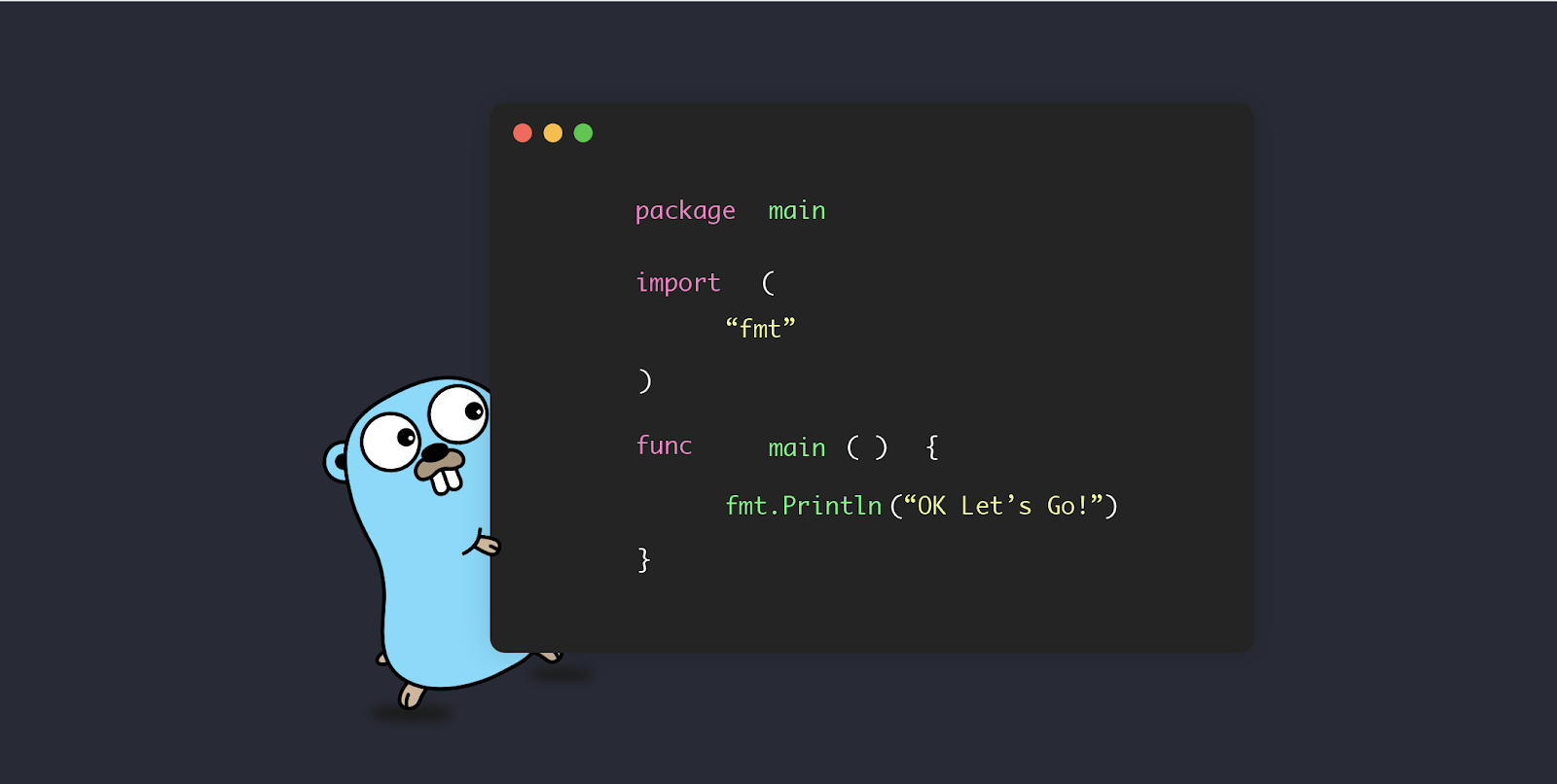Type switches are a powerful feature in the Go programming language, often referred to as Golang. They allow you to work with interfaces and handle values of unknown types dynamically. Type switches provide a concise and expressive way to inspect and manipulate the concrete types of interface values, adding flexibility and precision to your code. In this blog, we'll explore the world of type switches in Go, covering their definition, use cases, syntax, advantages, and best practices. Whether you're new to Go or seeking to master type switches, this guide will help you unlock their potential.
What Are Type Switches?
In Go, a type switch is a control structure that allows you to examine the concrete type of an interface value and perform different actions based on that type. Type switches are particularly useful when you need to work with values stored in interfaces and handle them based on their actual types.
Here's the basic syntax of a type switch in Go:
switch v := someInterface.(type) {
case T1:
// Handle T1 case
case T2:
// Handle T2 case
// ... more cases
default:
// Handle the default case (optional)
}-
v: The variable that will hold the underlying value if the type assertion is successful. -
someInterface: The interface variable you want to inspect. -
type: The keyword that signals the start of the type switch. -
T1,T2, etc.: The target data types you want to check against.
Use Cases for Type Switches
Type switches in Go are incredibly versatile and find use in various scenarios, including:
-
Dynamic Typing: When you need to handle values of unknown types dynamically, such as when working with generic data structures.
-
Interface Values: When you want to examine and manipulate values stored in interfaces, which often happens when dealing with functions that accept interfaces as arguments.
-
Reflective Operations: In situations that require reflective operations (e.g., using the
reflectpackage), as type switches are a crucial part of reflection. -
Error Handling: In error handling, especially when dealing with custom error types that implement the
errorinterface. -
JSON and XML Parsing: When parsing structured data like JSON and XML, type switches help identify and handle different data structures.
Advantages of Type Switches
Type switches offer several advantages in Go:
-
Dynamic Typing: They provide a way to work with values of unknown types dynamically, making your code more flexible and adaptable.
-
Type Safety: Type switches ensure type safety by allowing you to specify and handle different types explicitly.
-
Reflective Operations: They are crucial for reflection in Go, enabling you to inspect and manipulate values at runtime.
-
Error Handling: In error handling, type switches help you identify and handle specific error types effectively, allowing for more meaningful error messages.
-
Structured Data Parsing: For parsing structured data like JSON and XML, type switches help identify different data structures and apply appropriate parsing logic.
Best Practices for Using Type Switches
To make the most of type switches in Go, consider the following best practices:
-
Check Types Explicitly: In each case of the type switch, check the types explicitly and provide meaningful handling code for each type.
-
Use
defaultSparingly: Only include adefaultcase if you have a fallback action that applies to all other types. Overusingdefaultcan make code less clear. -
Document Intent: Clearly document the purpose and expected types when using type switches in your code to make it more understandable to others.
-
Avoid Overuse: While type switches are powerful, avoid using them excessively. Favor strong typing and interfaces when possible to maintain code clarity.
-
Error Handling: In error handling, use type switches to check and handle specific error types to provide meaningful error messages.
Conclusion
Type switches are a versatile and valuable feature in Go for working with interfaces, handling values of unknown types, and making your code more dynamic. By understanding how to use type switches effectively and following best practices, you can write code that is not only powerful but also safe and maintainable. Whether you're building web applications, system-level utilities, or complex data processing pipelines, type switches are a valuable asset in your Go developer toolkit.
